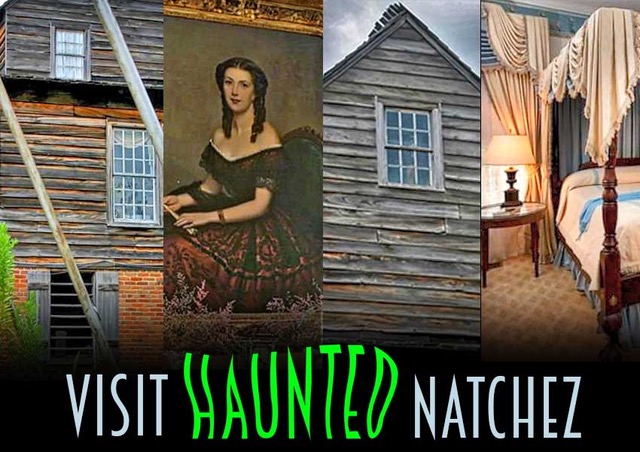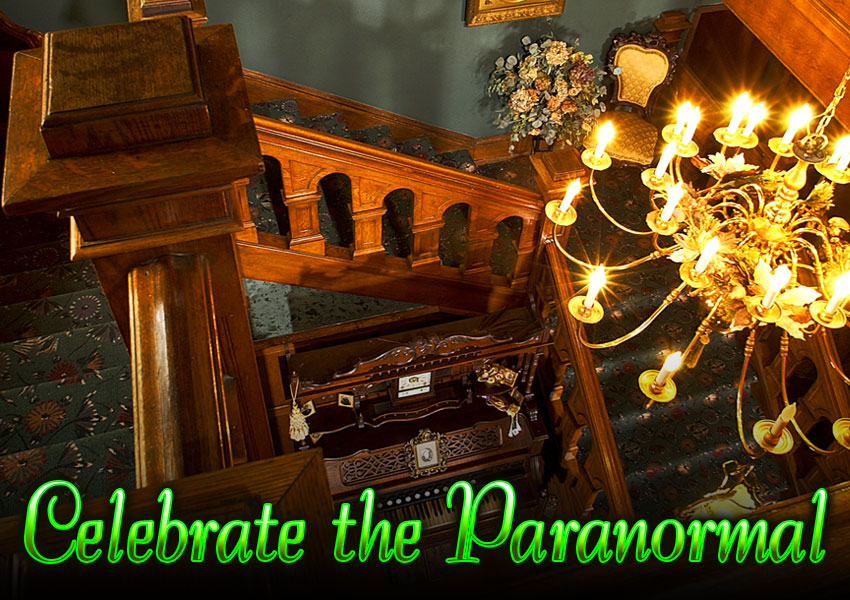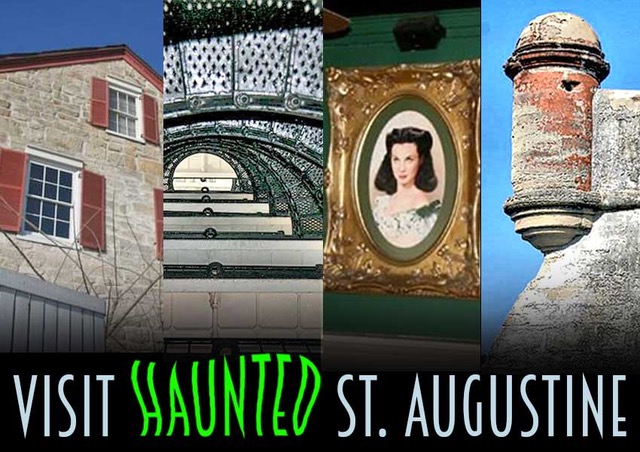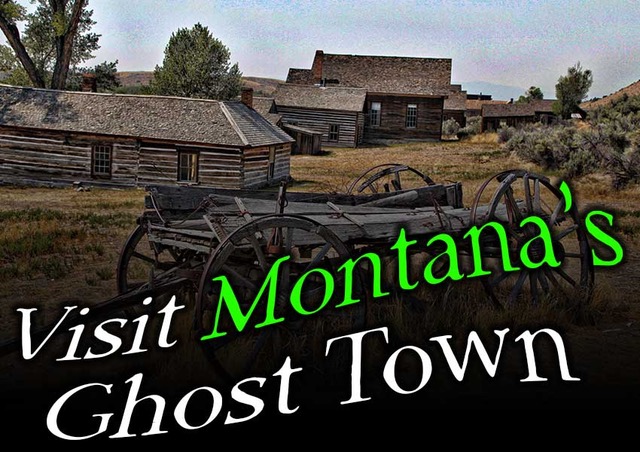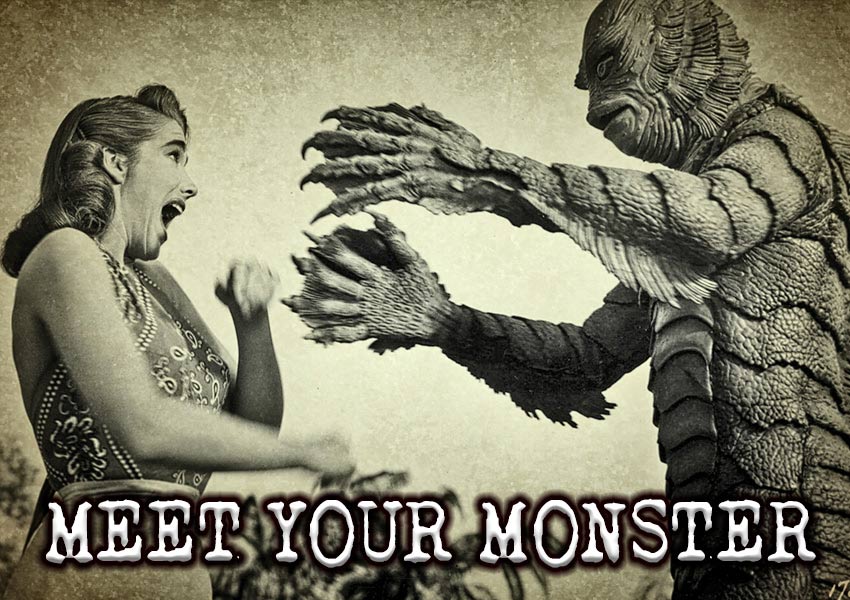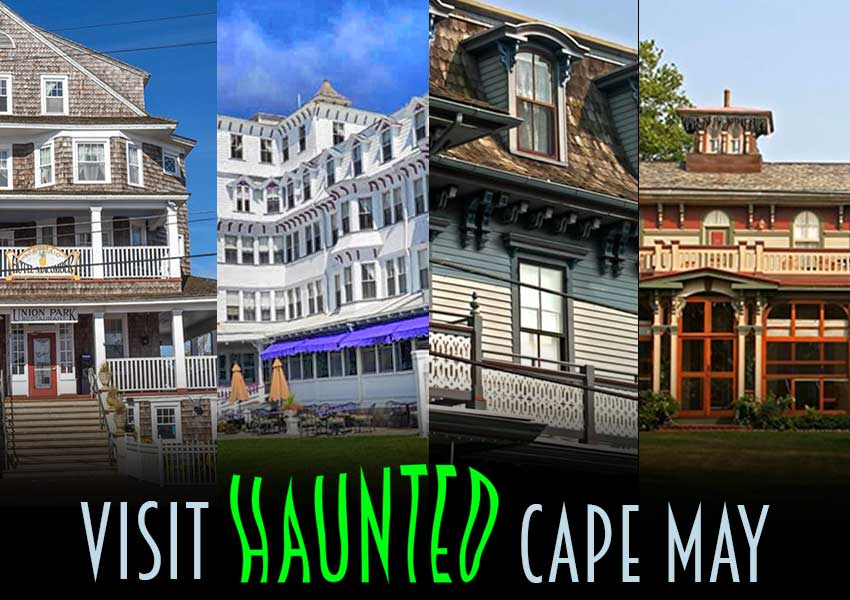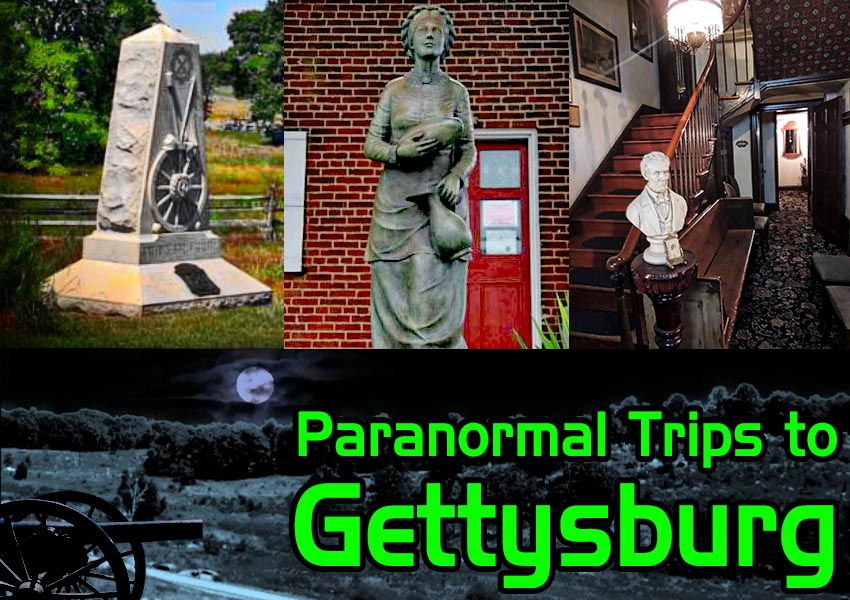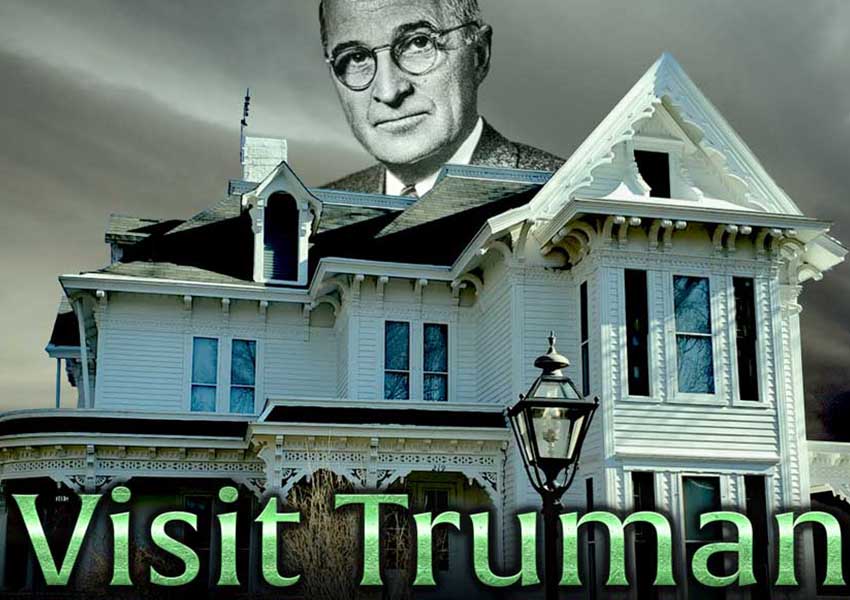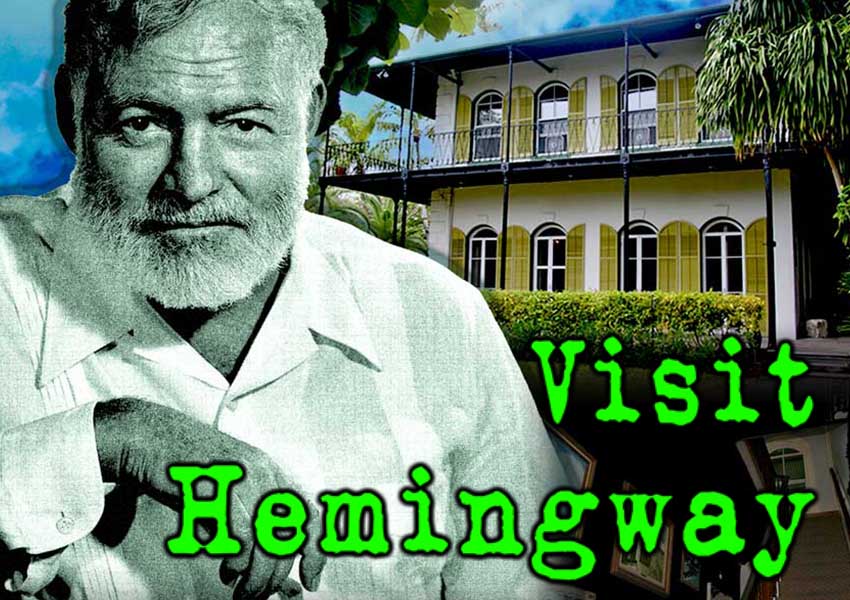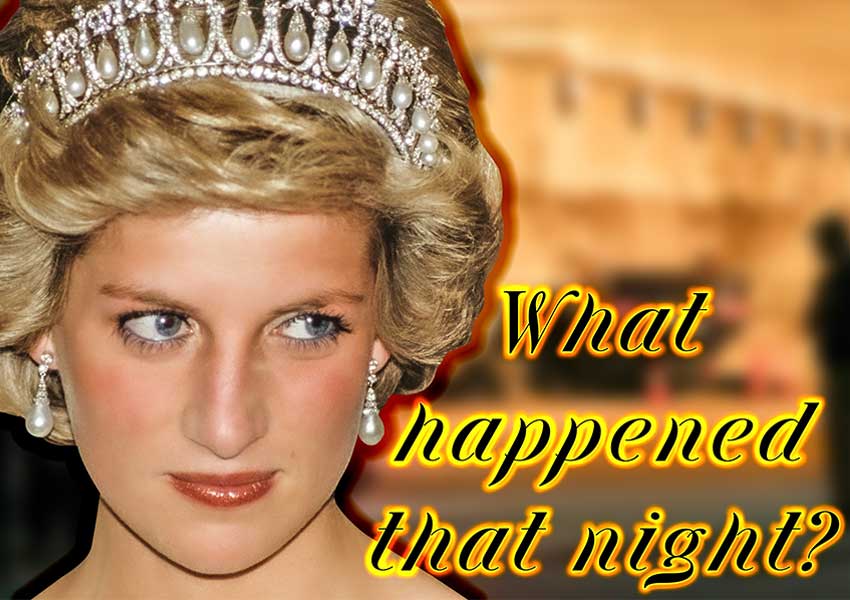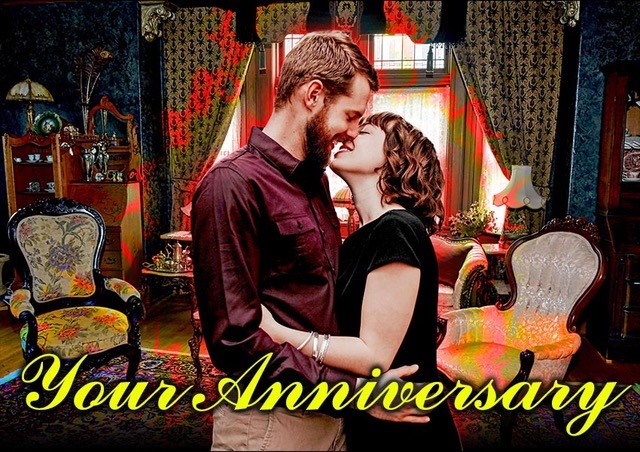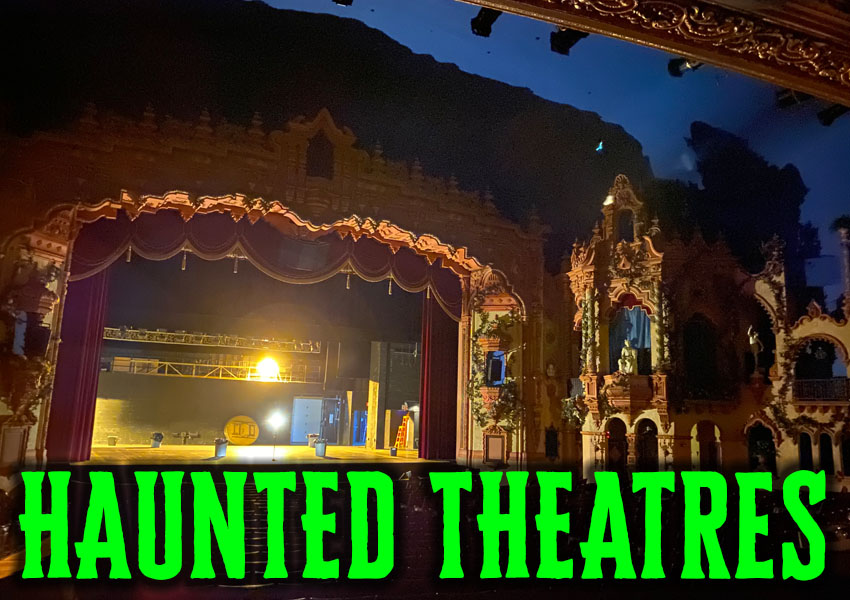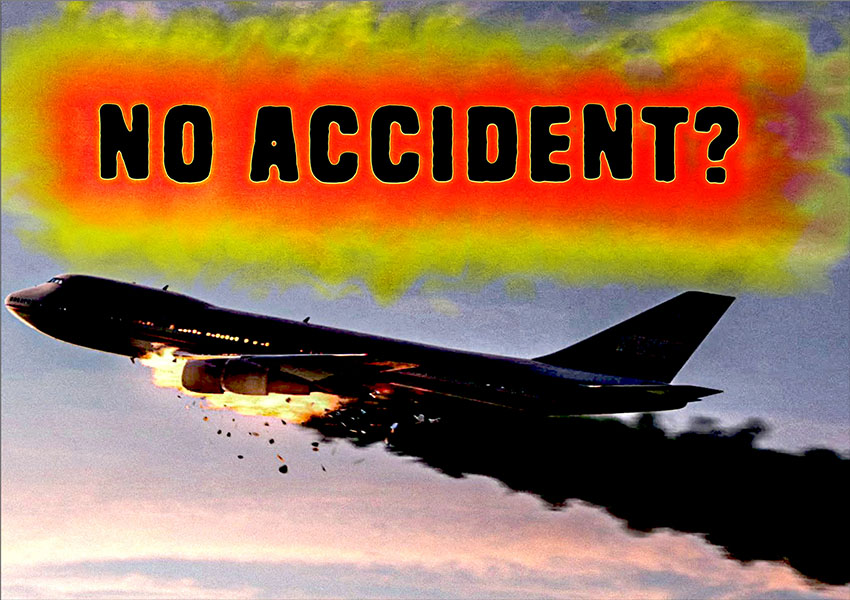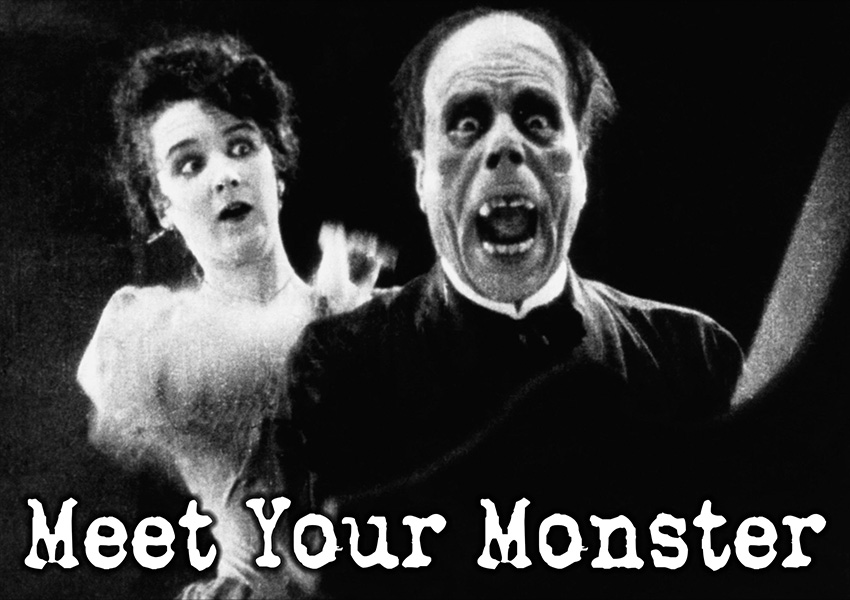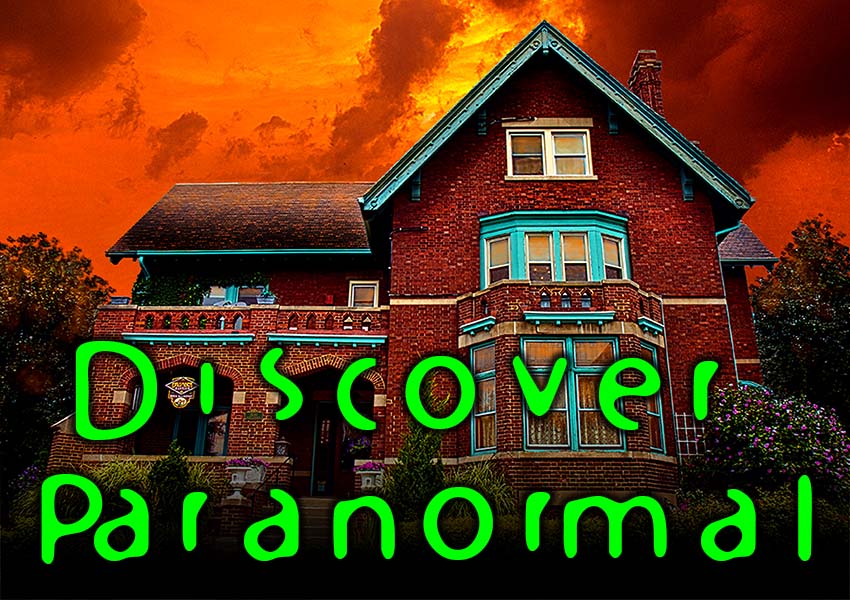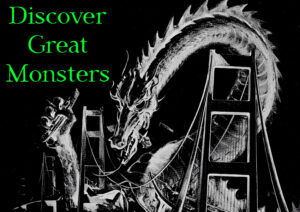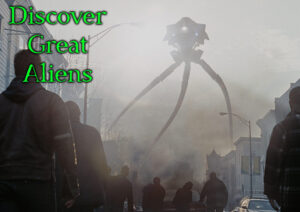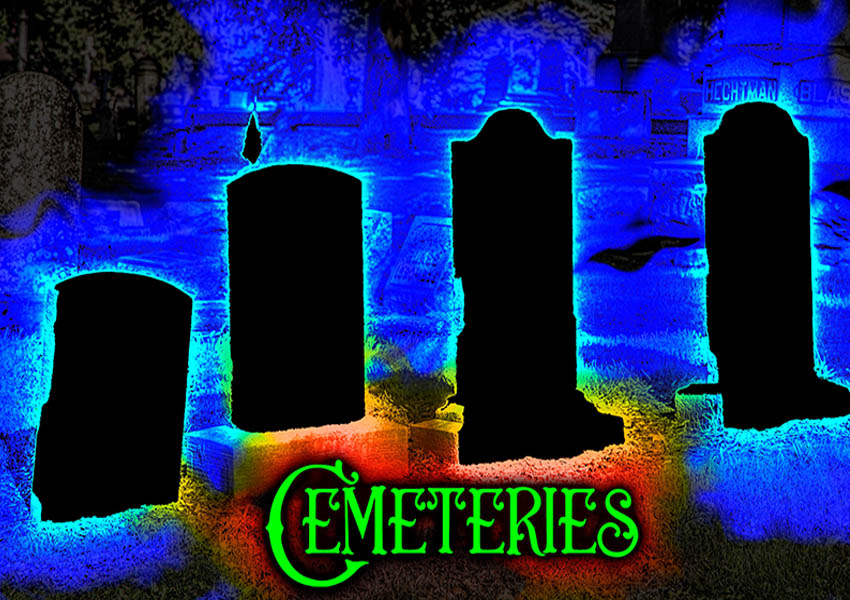Manassas Virginia
Manassas National Battlefield Park
Civil War reenactments can draw back former participants.
Male bonding is a strong force keeping spirits here.
Building on former battlefields can draw spirits inside.
DESCRIPTION
Manassas National Battlefield Park is a 52 hundred acre memorial to all the men and civilians who were involved in two bloody Civil War battles that took place on this acreage. Like other National Park Civil War battlegrounds, it has a Visitor Center with a small museum, and information about the details of the battles that took place here. The public can sign up to take tours, or walk around the park themselves. More than 900,000 people visit the battlefield each year.
Buildings such as the Henry Hill House, The Stone House and a few others are open on the first floor, offering displays inside telling the history of the structure and how it was involved in the war that engulfed each structure and the people connected to it. Two plantations were totally destroyed by the end of the Civil War – Chinn Plantation is one of them. Portici, the plantation of Francis Lewis was also in ruins.

HISTORY
The city of Manassas, VA, not far from Washington D.C., was a coveted military prize because it was a railroad junction that could deliver troops and supplies. During both Battles of Bull Run that took place on this 52 acre National Park, bloody confrontations between the Union Troops and the Confederate troops started at and around a small river called Bull Run.
When the South pulled itself out of the United States, the politicians and other voices of the time in Washington D.C., were eager to crush the South by taking over Richmond, beginning with Manassas; a military target that was not far from Washington D.C.. The first battle of the American Civil War began here at 5:30 AM on July 21st, 1861, when 37,000 soldiers, mostly green Union Army recruits with little training, were led by General Irvin McDowall into folly and death. Their enemies were 22,000 Confederate Troops under General P.C.T. Beauregard who held their ground in bloody fighting.
The turning point of this costly conflict was the arrival of fresh Confederate troops that were 10,000 men strong from the Shenandoah Valley area. This ended the costly conflict with a victory for the Confederate troops, sending the Union troops back to the safety of Washington D.C.. However, the Confederate troops were too exhausted to give chase. The Union side lost 3,000 men, while the Confederate side lost 1,700-2000 men.
Apparently, not all the bodies from both sides were found; some were in pieces, or burned to dust. What pieces or remains that could be buried were laid to rest in the grounds of this National Park. Many bodies were buried in unmarked graves after each battle. An effort was made to find them, but some remain buried where survivors of the battles dug a hole and laid them to rest.
The second battle of Bull Run took place little over a year later on August 27th-30th, 1862. It started on land owned by Brawner’s Farm, at the western edge of the battlefield. Brawner’s farmhouse has recently been renovated to become a museum dedicated to the Second Battle of Bull Run. The defenders were larger in number; 56,000 Confederate Troops were wisely led by West Point-trained General E. Lee. On the Union side, there were 70,000 Union troops led by General Pope.
“Lee split his forces and ordered General Thomas J. (“Stonewall”) Jackson to march around Pope’s right flank; in two days Jackson had captured Pope’s supply depot at Manassas and had safely hidden his three divisions in a nearby woods. On the days of August 27th-29th, the battle included considerable maneuvering and fighting while Lee rushed forward the main body of his army to join Jackson. On the afternoon of August 30th, Confederate artillery fire prevented the success of a Union assault on Jackson’s positions, after which Lee ordered his entire army forward in a grand counterattack.”
The Union forces held on stubbornly at several key defense positions, but eventually retreated to Washington D.C., over the Stone Bridge as they had done before. Both sides had enough of the carnage and bloodshed this time around. Casualties were high. The Union side lost 15,000 men, and the Confederates lost 9,000 men.
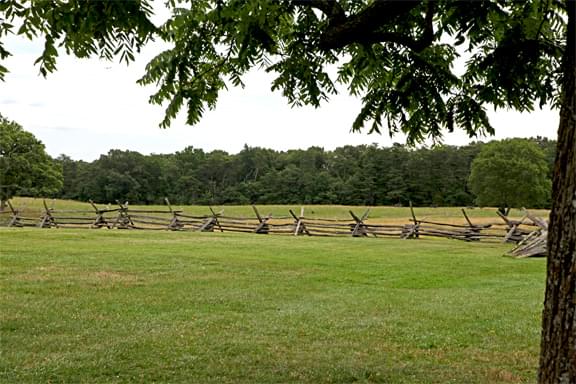
Right after the end of the Cilvil War in 1865, former Union soldiers who fought at the Battle of Bull Run, came back and built a monument on top of the mass grave of the remains of Union soldiers located in the back yard of where the Henry Hill house once stood.
In 1867, the Groveton Confederate Cemetery was established on Lee Highway, U.S. 29, east of Groveton Road / Featherbed Lane. Out of the 264 remains that were buried there, only two were known. Uh Oh.
Five years after the Civil War had ended, the Henry Hill family moved back onto their land, after rebuilding their beloved home. In 1890, they started the first opportunity for people to view the battlefields via a personal tour led by the Hill Family, who charged a small fee. This kept what happened here front and center in the minds of the public.
In 1920, the Hills sold their farmhouse and remaining land to an organization that wanted to continue to educate the public about the battles that took place here. The Sons of Confederate Soldiers opened their Manassas Battlefield Welcome Center in the old Hill House and continued giving the tours for people, trying to remind people of the sacrifices made and the importance of these battlefields where some remained buried.
Finally, in 1940, the Federal Government decided to preserve the Manassas battlegrounds in a big way; creating the Manassas National Battlefield Park. The Sons of Confederate Soldiers donated the Hill House to this new National Park. Several other structures were also donated.
The memorial first built by Union soldiers mentioned above was embraced and given an official sign, as was the Groveton Confederate Cemetery.
Tributes to various divisions of both Union and Confederate units and leaders were placed in places where they fought. It has become a memorial park honoring the men who fought and died here, and the civilians who lived on the battlegrounds and suffered losses and hardship as well. Some lost their livelihood, their plantations, their property and the lives of loved ones.
Ball playing and recreational activities with the exception of hiking are discouraged, because of the bloody war carnage that took place here. Some bodies badly disfigured and body parts of unknown soldiers are still buried in these fields. Plus, it was five-six years later when Confederate bodies that could be found were moved to the Groveton Confederate Cemetery down the road; just a fraction of the dead.
Paranormal investigations are frowned upon, as the National Park Service doesn’t want their memorial park to those who fought and died there and or still have their remains buried in the many fields to become a draw for people only interested in catching EVPs and other evidence for their own gain. This would dishonor the purpose of The Manassas National Battlefield Park.
HISTORY OF MANIFESTATIONS
When people die in war, especially battles, they sometimes come back to the hours or day before they died, and relive the events that led to their death, perhaps trying to prevent their demise or to continue on the fight, trying to do something different that might saved a life, or won the battle.
In places all over the Manassas National Battlefield Park, sightings of both Union and Confederate soldiers in spirit form have been seen. Other paranormal experiences have been reported as well by people in these outside areas.
A retreating Union soldier from the New York division ran into the stone House to rescue a wounded friend. He tried to carry him but had to leave him at the side of the road because the friend was too heavy. Uh Oh.
When the living build structures on land were men fought and died, even if it is years later, spirits who have bonded to the land where they died have been known to come into these structures. Even buildings located near where someone died can create the same situation: spirit companions, looking for company, amusement or an audience.
In 1940, The Manassas National Battlefield Park Welcome Center building and its parking lot were constructed on land found on top of Henry Hill where fierce bloody battles took place between the Union and Confederate soldiers.
The bond between soldiers in the same unit is a strong force that can draw them back into this world, especially if they attach to former possessions and land / structures or physical places where they served together.
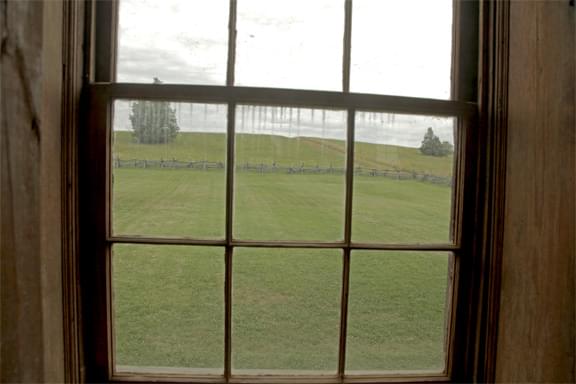
MANIFESTATIONS
Entities of soldiers who sometimes look like real, living Civil War Re-enactors:
Apparitions of soldiers have been seen marching over Stone Bridge, a place where many soldiers met their death, especially the Union Unit from New York. The Union forces used Stone Bridge as an escape route. Some of these sightings could be residual energy playing over and over again.
Shadow people have been seen on and around the Stone Bridge.
Many apparitions are seen milling around the ground where the Manassas National Battlefield Welcome Center and the parking lot were built.
Their presence has been reported by a man choosing not to use the restrooms located inside the Manassas National Battlefield Park Center. Instead he took a pee in an area where he thought he was alone; apparently not.
One witness reports: Date: February 10, 2014 01:09PM
“More than once I’ve ended up taking a leak next to soldiers in full dress, and not on reenactment days. They’re usually in the vicinity of the visitor’s center and the buildings nearby.”
Other entities of soldiers have been seen along the wooded area where Stonewall Jackson hid his troops for a very long time, dating back to just after the ending of the Civil War.
Two boys in 1964 claim to have had an interesting and terrifying experience.
They witnessed soldiers on a hill at night having one last good time together before the horrors of war.
Date: February 16, 2014 08:53PM
“In April 1964 me and two of my friends went camping up on a wooded area of the park. We set up the tent and got the campfire going. After we cooked our food it started to rain so in the tent we headed. As a bunch of 12 year old boys would do we started talking about the girls at school and what ever else 12 year olds talked about. Not once did the subject of ghost come up.” “We all started to dose off when we heard what sounded like Jug band music. By this I mean someone blowing on a jug and playing a harmonica. I had never heard the tune they were playing but it was foot tapping. You could hear men talking and clapping along with the music.”
“We at first thought some other group of people had camped close to us. We got out of the tent and could see a campfire down the hill from us about 100 or so feet. There seem to be about 10 or more people that we could see around the campfire. They were glowing blue in color. That might have been from the flames of the fire. You could see what looked like rifles, some had crossed in their arms. As we were looking down the hill everything went dark. There was no campfire or music or people in blue.”
“We started running as fast and hard as we could. We took nothing with us. When we did get back to my sisters house, we all were shaking in her hallway next to her bedroom. After the sun came up we went to get our stuff. We decided to go down the hill to see about the campfire and people we had seen just hours before. The underbrush was too much to have had a camp there and we could not find any traces of a campfire.”
The Manassas National Battlefield Park Visitor Center
The building and its parking lot sit on top of the hill that looks over the Battle of Bull Run battlefields, and other artifacts like canons and rebuilt structures plus the Union Soldier memorial.
Activity Reported by staff:
“I work there for the NPS, and one of my buddies there and I have heard some strange shit before sunrise inside the visitor center, which of course in stellar 1940s thinking was built on the exact scene of some brutal combat. Amongst other things sometimes the water faucets in the bathrooms turn themselves on, the lights will turn on and off. I just tell them to knock it off please because i have work to do, and strangely, it stops.”
STILL HAUNTED?
A big Yes Indeed! Personal experiences of many people for so many years point to soldiers still on duty; despite being in spirit form. General Stonewall Jackson’s Troops are still hiding in the wooded areas, solid, life-like entities of soldiers are seen around the Henry Hill area where fierce fighting took place. Shadow people have been seen all over the park, especially the Stone Bridge area.
Being tied to the land where they died and reliving their experiences, mostly bad ones, is probably tiring and negative. Entities of soldiers like to wander into The Manassas National Battlefield Park Visitor Center to look at the exhibits, and try to have some fun with the staff on duty, especially at night. They could be bored and are looking for some chuckles; perhaps trying to make connections with the young men and women they see, being young themselves, and feeling sociable.
Despite the National Park Service denial that spirits remain, many people have experienced entities in various parts of the park and the structures that stand there.
Even though ghost hunting isn’t allowed, some investigators have snuck on this huge park and caught gun shots and canon fire on EVPs; which may be residual energy. They have also witnessed some of the paranormal activity mentioned above.
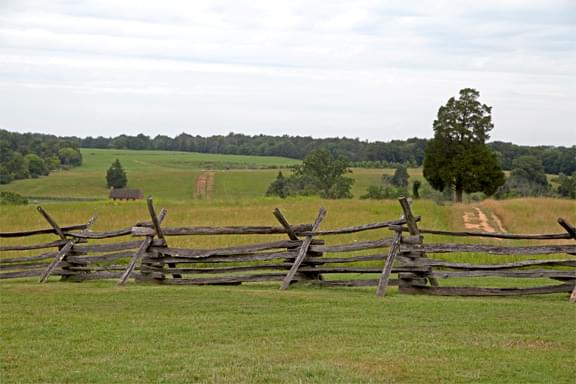
LOCATION
12521 Lee Highway
Manassas, Virginia 20109
Visitor Center:
6511 Sudley Road,
Manassas, Virinia 20109
(703) 361-1339
Manassas National Battlefield Park is located just north of Manassas, in Prince William County, Virginia. According to their Website: “Turn left on Route 234 and proceed through the first traffic light. The entrance to the Henry Hill Visitors Center is on the right, just past the Northern Virginia Community College.”
SOURCES INCLUDE
- nps.gov
- fairfaxunderground.com
- en.wikipedia.org
- civilwar.org
Our Haunted Paranormal Stories are Written by Julie Carr
Our Photos are copyrighted by Tom Carr
Visit the memorable… Milwaukee Haunted Hotel

